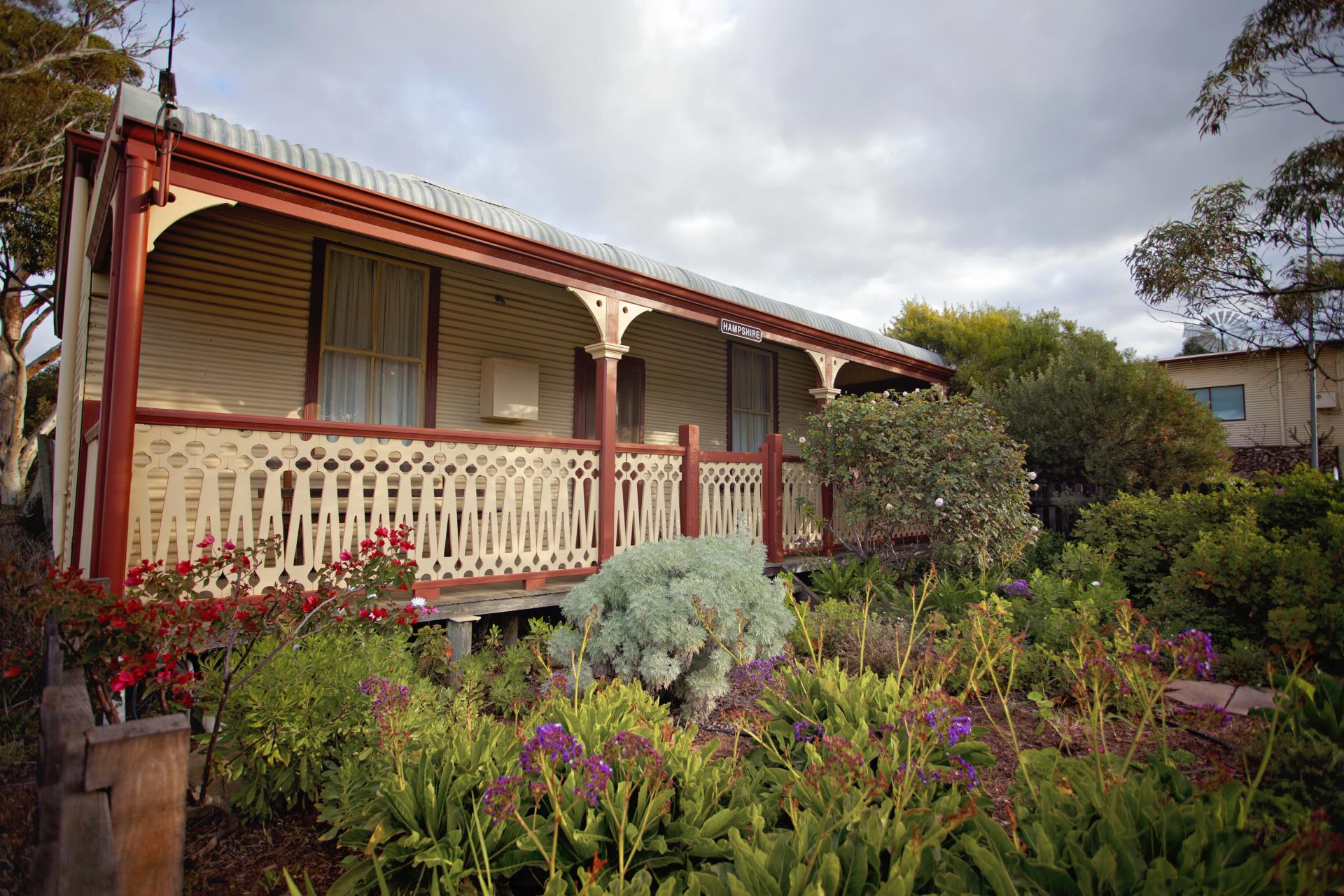History
The following information is brought to you by the Ravensthorpe Historical Society. More information and resources can be found on their website or by visiting the Ravensthorpe Museum which is co-located with the Visitor Information Centre.
Ravensthorpe was initially known as the Phillips River Goldfield and was discovered in 1892 with the find of small quantities of gold in association with copper and iron pyrites. It was not until 1898 that auriferous quartz reefs were discovered, the first government smelter became operational in 1904. Eventually, the Goldfield produced 83,469.67 oz gold from 18,220 tons of ore in addition to 472.2 oz of alluvial gold. The attached map gives an indication where the main mines were situated.
It is known that the brothers Dunn James, John, Robert and Walter, first came to the region in 1868 and leased the pastoral property of Cocanarup to establish a sheep station. Farming infrastructure was erected on the Phillips River and stores were brought in from Mary Ann Haven (now Hopetoun). During an incident in 1880, John Dunn was speared and died of his wounds. His brother James found payable gold in the Annabel Creek close by and received a Reward Claim in 1898. This was the start of the Phillips River Goldfield which brought many other prospectors into the district, amongst which were Taylor, Dance and McKenzie.
These prospectors set up a camp which they called Hawk's Nest, halfway between the Floater and Cattlin mines. Eventually, the town of Ravensthorpe was surveyed in 1900 and gazetted in 1901 with the Shire around it covering some 13,151 km2. Further statistics on the Shire can be found on the official Shire of Ravensthorpe website.
The population of Ravensthorpe and the Goldfield peaked in 1911, when in excess of 2,000 people (police records 2011) lived there, mostly associated with gold mining. The whole belt of country between Ravensthorpe and Kundip is very rugged and was hard to prospect and explore and not as profitable as other goldfields. According to official sources, it is generally assumed to be the reason for the area's lack of early gold exploration as diggers believed that higher earnings for less effort could be made on other Goldfields.
